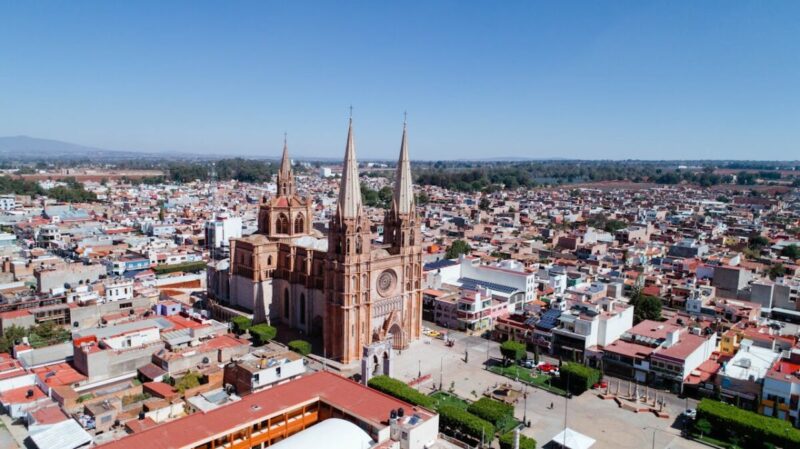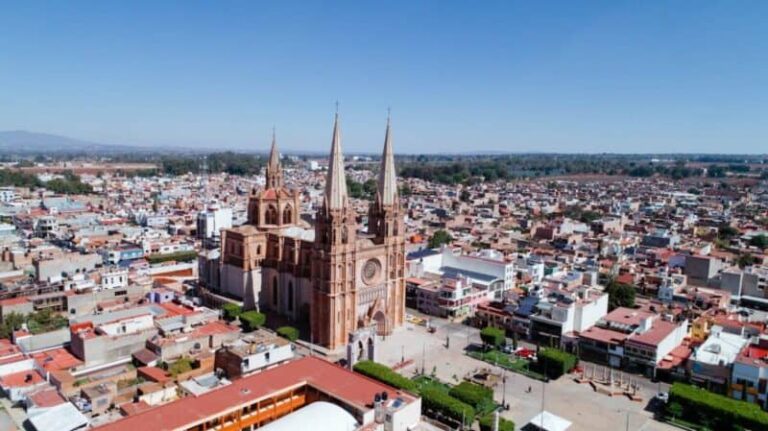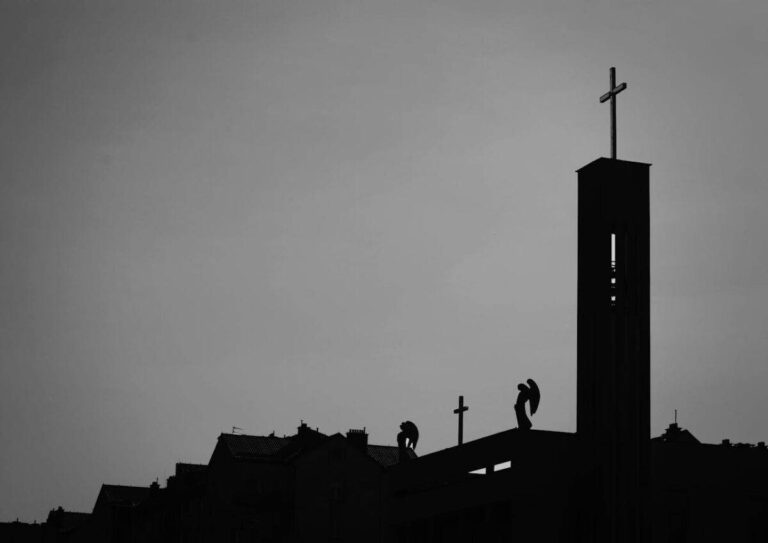Saint Boniface 8th Century Englishman and Monk
Saint Boniface was born around 675 and died on June 5, 754. He was an English Benedictine monk and a leading figure in the Anglo-Saxon mission to the Germanic parts of Francia during the eighth century. Pope Gregory III made Saint Boniface the Archbishop of Mainz. He was martyred in Frisia in 754, along with 52 others. Saint Boniface’s life and death, as well as his work, are widely known. He is venerated as a saint in the Christian church and became the patron saint of Germania, known as the “Apostle to the Germans.” Saint Boniface’s contributions as an organizer of the Germanic peoples, whom he converted, cannot be overstated. Do you frequent the many places that are named for him?
Saint Boniface Biography

One of the ways we know about Saint Boniface is from the Vitaes written about him. The earliest Bonifacian vita does not indicate his place of birth but says that at an early age he attended a monastery, probably in Exeter. This monastery was demolished in 1971. Later tradition places his birth at Crediton; his English name is recorded as being Winfrid or Winfred.
According to one Vita, Saint Boniface, or Winfred, was of a respected and prosperous family. He entered monastic life at an early age against the wishes of his father. He received theological training in the Benedictine monastery. Winfred taught in the abbey school and, when he was 30, became a priest.
The library was significant in supplying Saint Boniface with the materials he needed. The library contained works by Donatus, Priscian, Isidore, and many others. Around 716, when his abbot Wynberth of Nursling died, Saint Boniface was offered the position, but he declined. Instead, he went on the first of his missions to Frisia. He stayed there only a year, in 690, as his efforts were frustrated by a war between Charles Martel and Radbod, King of the Frisians.
Saint Boniface went home to England and then straight to Rome. Pope Gregory II sent him on another mission, this time to Germania. He would never return home. He was under the protection of Charles Martel from 723 onwards. In 732, Boniface traveled again to Rome to report, and Pope Gregory III made him the archbishop with jurisdiction over what is now Germany.
Saint Boniface again visited Rome, Charles Martel established four dioceses in Bavaria (Salzburg, Regensburg, Freising, and Passau) and gave them to Boniface as archbishop and metropolitan over all Germany east of the Rhine. According to one of the vitaes, Saint Boniface had never relinquished his hope of converting the Frisians, and in 754 he set out with a retinue for Frisia. He baptized a great number and summoned a general meeting for confirmation at a place not far from Dokkum, between Franeker and Groningen. However, instead of his converts, a group of armed robbers appeared and killed the aged archbishop.
Saint Boniface Veneration

Veneration of Saint Boniface began immediately after his death; his grave was decorated around ten years after his burial, and the grave and relics became the center of the abbey. Fulda monks prayed for newly elected abbots at the grave site before greeting them, and every Monday the saint was remembered in prayer, the monks prostrating themselves and reciting Psalm 50.
After the abbey church was rebuilt in 791, Saint Boniface’s remains were given a new grave: since the church had been enlarged, his grave, originally in the west, was now in the middle. From then on as patron of the abbey he was regarded as both spiritual intercessor for the monks and legal owner of the abbey and its possessions, and all donations to the abbey were done in his name.
Conclusion
Saint Boniface is a saint and martyer from log ago. We know of him bacause several of his followers wrote about his life. It is also the case that many things are named after him. A famous statue of Saint Boniface stands on the grounds of Mainz Cathedral, seat of the archbishop of Mainz. A more modern rendition stands facing St. Peter’s Church of Fritzlar. He is revered in Germany.






